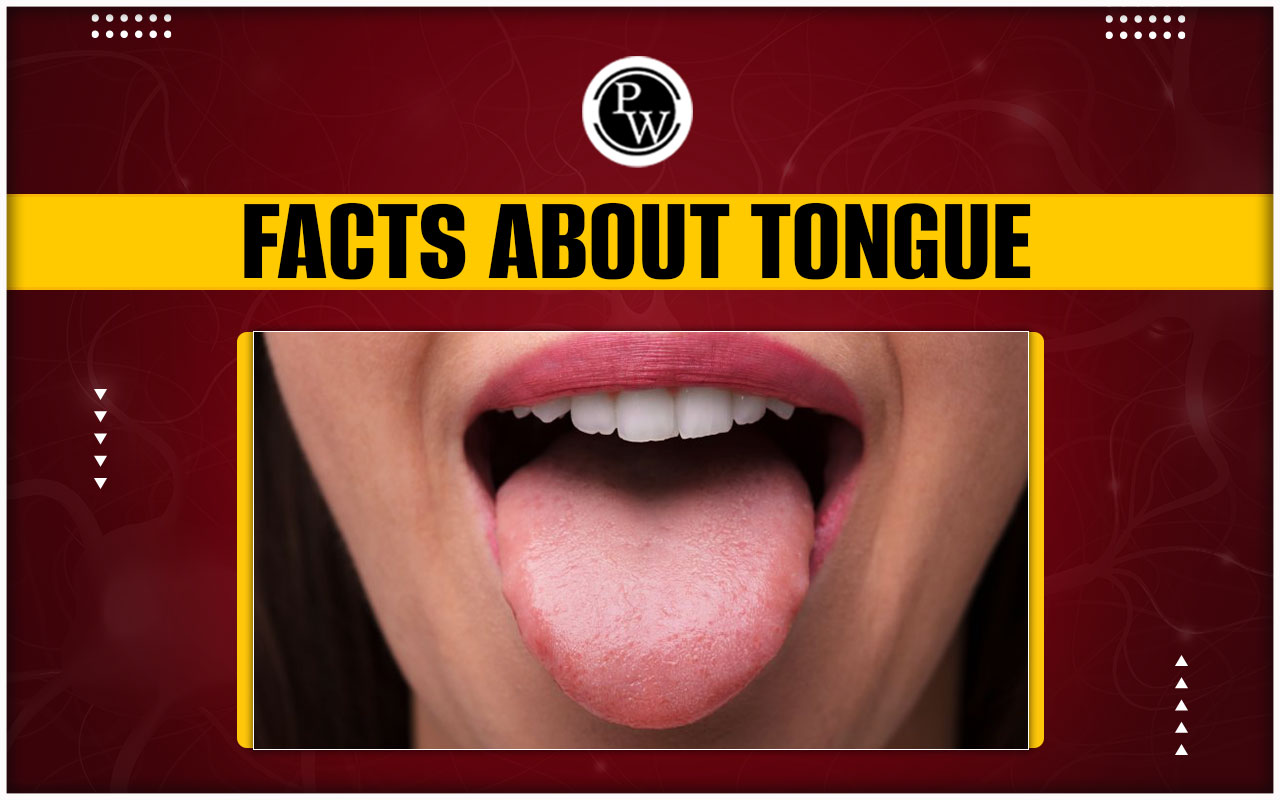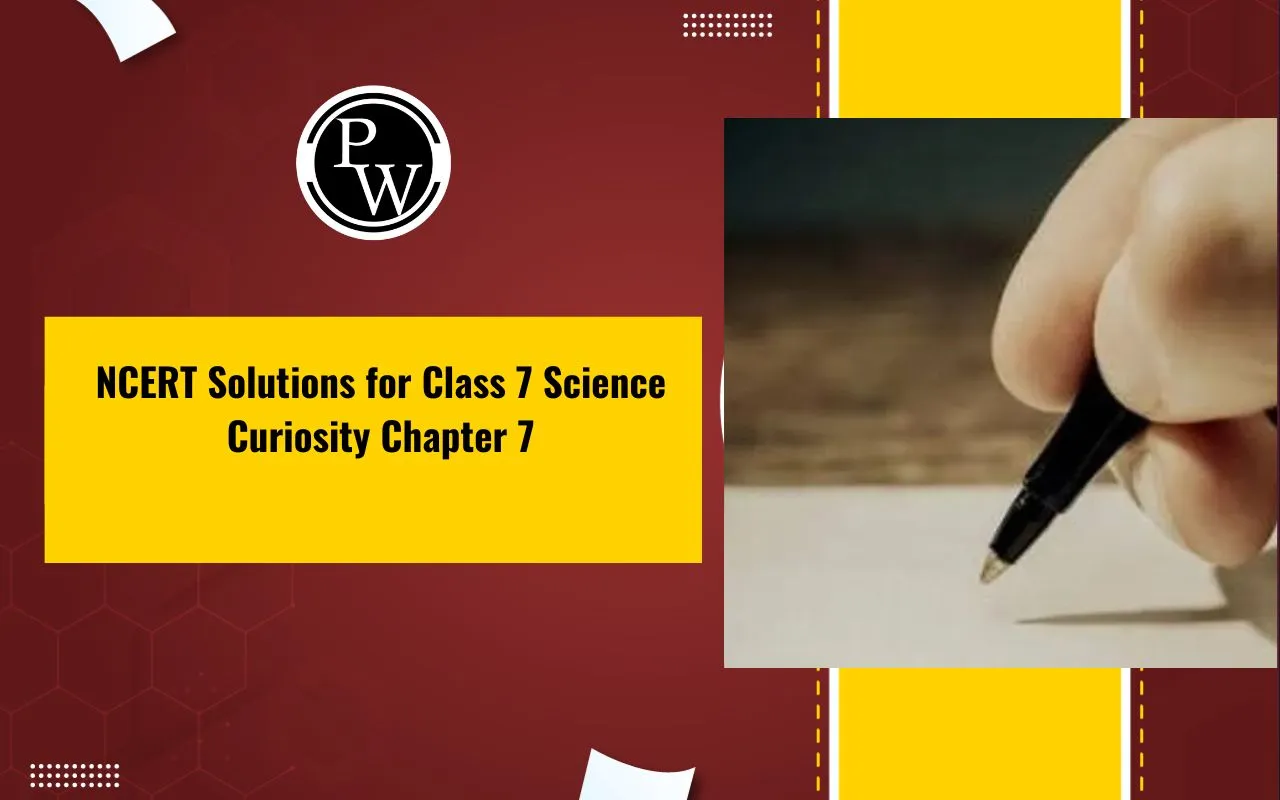
Tongue: The entire human body has an interesting and intriguing design that compels a person to study and research the structures in detail. The tongue is also one such structure that is purely muscular, does not have any bones but shows an amazing range of movements.
While considering the relatively small size of the tongue, the functions served by this structure are comparatively astonishing. The tongue controls speech and pronunciation, controls the sense of taste, helps in breathing through the mouth, and is also found in animals other than humans. In this article, we will discuss in detail the structure and functions of the tongue and learn some interesting facts.Evolution of the Tongue
The Tongue is a muscular mass encased in a mucosa sheath. However, tongues' basic form and function in mammals, birds, reptiles, and amphibians varies widely.- The Tongue has evolved to perform slightly different structures in these animals, which seem to share a common ancestor and origin.
- An intrinsic tongue muscle operates in frogs and toads, where the front portion of the tongue is linked to the floor of the oral canal. These tongue characteristics have facilitated Anurans' global dispersal and diversification.
- The salamander tongue is mostly made up of protrusion and retractor muscles, and it is attached to the mouth cavity by a root with a cartilage or bone skeleton. Compared to those of anurans, it seems more like those of mammals and reptiles.
- Some reptiles, like chameleons, and some mammals, like nectar-eating bats, exhibit great specialisation in their tongue form and function.
- In a few anuran, turtle, and bird species, the tongue has nearly gone extinct.
- While reptiles' lingual epithelium shows some keratinisation, amphibians' tongue is completely nonkeratinised.
- Seawater, hot climates, and areas with either extremely high or very low humidity are just a few of the diverse environments that reptiles may be found in. It is believed that the lingual epithelium gained keratinisation together with the emergence of amniotes.
- It appears that the differences in the degree of keratinisation of the lingual epithelium seen in different amniotes are secondary and reflects the environmental circumstances of diverse species.
- The gnathostome tongue's musculature is a descendent of the hypobranchial apparatus found in all vertebrates. The hypobranchial apparatus develops gill-related muscles in agnathans and gnathostome fishes, which are utilised for breathing.
- Birds inhabit the air, ground, and fresh and salt water bodies. However, the lingual epithelium frequently exhibits keratinisation, particularly on the ventral side of the tongue.
- Although all portions of the mammalian oral epithelium are stratified, keratinisation is often connected to the masticatory oral mucosa that encircles the dorsal part of the lingual body and appears to be related to the supply of resistance against tissue wear and tear.
- The position of taste buds on a mammalian tongue is another characteristic. The dorsal and lateral sides of the tongue have taste receptors spread out across a large region, demonstrating the tongue's importance for taste and nutrition.
Structure of the Tongue
The floor of the mouth is occupied by the tongue, which is made up of striated muscle. A stratified squamous epithelium with many papillae and taste buds makes up the dorsal mucosal surface. The frenulum is a fold that connects the tongue, a voluntary muscular structure, to the floor of the mouth. At the base of the tongue, 8 to 12 circumvallate papillae are often organised in an inverted V pattern. The tongue is also packed with different taste buds and papillae (bumps).- Filiform. Filiform papillae, found in the front two-thirds of your tongue, appear like strings. Filiform papillae are distinct from other papillae types because they lack taste receptors.
- Fungiform. The mushroom-like form of these papillae gives them their name. Fungiform papillae, largely on the sides and tip of your tongue, contain around 1,600 taste buds.
- Circumvallate. The circumvallate papillae are the small bumps on the back of your tongue. They resemble the other papillae but are bigger and have around 250 taste buds.
- Foliate. The foliate papillae, found on either side of the back of your tongue, resemble rough tissue folds. There are around 20 foliate papillae per individual containing several taste buds.
Functions of the Tongue
While someone might believe that the tongue is only useful for acquiring the taste, it also serves numerous other functions. Let us discuss its main functions in detail.- Taste- Taste buds are collections of nerve cells that provide sensory information to the brain. Five basic flavors activate the taste buds, Sweet, Sour, Bitter, Salty, and Savory. It's a popular misperception that the tongue's various regions sense specific flavors. All taste buds can recognise all five flavors; only a few tongue areas are significantly more sensitive to each flavor than others.
- By promoting the passage of food during mastication and aiding in swallowing, the tongue serves as a digestive organ. Speech is an additional crucial bodily process assisted by the tongue.
Facts About Tongue
- The typical length of a tongue is four inches.
- Not all people are born with the ability to roll their tongues.
- The tongue is covered in taste buds.
- The tongue's bumps are not taste buds.
- A person's tongue's color reveals a lot about health.
- A taste bud typically lasts two weeks.
- To taste, the tongue needs humidity.
- The tongue creates words from sounds.
- The tongue is highly mobile and flexible.
Disorders of the Tongue
- A tumor or ulcer that forms on the tongue and continues to spread is oral cancer. People who drink alcohol heavily and/or smoke have a higher incidence of oral cancer.
- The tongue's surface has ridges and colorful patches that move around, frequently altering its appearance causing the geographic tongue to be a benign ailment.
- The burning mouth/burning tongue condition is a very typical issue. Strange tastes or sensations also appear, and the tongue feels scorched or burnt. Burning mouth syndrome, which seems innocuous, might be brought on by a minor nerve issue.
- Hairy tongue: Papillae can overgrow on the tongue's surface, turning it white or black. This benign disease is resolved by scraping off the papillae.
- A benign ailment that can affect the mouth or the skin is lichen planus. Although the exact cause is uncertain, it is thought that the immune system is to blame for attacking the skin and mouth lining.
- Herpes stomatitis: Cold sores on the tongue can occasionally be brought on by the herpes virus. Cold sores from the herpes virus typically appear on the lips.
Related Links -
Tongue <span style=
1. What is the scientific name of Tongue?
In the scientific community, the tongue is referred to as L. lingua; G. glossa.
2. Do all animals have the same type of tongue?
No, the tongue in different animals may share a common origin but differs in morphology, attachment, and even in functions because of different species' different food and eating habits.
3. Why does the tongue sense taste of the food?
The tongue contains millions of taste buds located in the papillae and allows the tongue to detect the taste of the food through nerve signaling.
4. Which type of connective tissue is present in the tongue?
The connective tissues like bones, tendons, or ligaments are completely absent in the tongue. It is a pure muscular structure.
Free Learning Resources
PW Books
Notes (Class 10-12)
PW Study Materials
Notes (Class 6-9)
Ncert Solutions
Govt Exams
Class 6th to 12th Online Courses
Govt Job Exams Courses
UPSC Coaching
Defence Exam Coaching
Gate Exam Coaching
Other Exams
Know about Physics Wallah
Physics Wallah is an Indian edtech platform that provides accessible & comprehensive learning experiences to students from Class 6th to postgraduate level. We also provide extensive NCERT solutions, sample paper, NEET, JEE Mains, BITSAT previous year papers & more such resources to students. Physics Wallah also caters to over 3.5 million registered students and over 78 lakh+ Youtube subscribers with 4.8 rating on its app.
We Stand Out because
We provide students with intensive courses with India’s qualified & experienced faculties & mentors. PW strives to make the learning experience comprehensive and accessible for students of all sections of society. We believe in empowering every single student who couldn't dream of a good career in engineering and medical field earlier.
Our Key Focus Areas
Physics Wallah's main focus is to make the learning experience as economical as possible for all students. With our affordable courses like Lakshya, Udaan and Arjuna and many others, we have been able to provide a platform for lakhs of aspirants. From providing Chemistry, Maths, Physics formula to giving e-books of eminent authors like RD Sharma, RS Aggarwal and Lakhmir Singh, PW focuses on every single student's need for preparation.
What Makes Us Different
Physics Wallah strives to develop a comprehensive pedagogical structure for students, where they get a state-of-the-art learning experience with study material and resources. Apart from catering students preparing for JEE Mains and NEET, PW also provides study material for each state board like Uttar Pradesh, Bihar, and others
Copyright © 2025 Physicswallah Limited All rights reserved.













